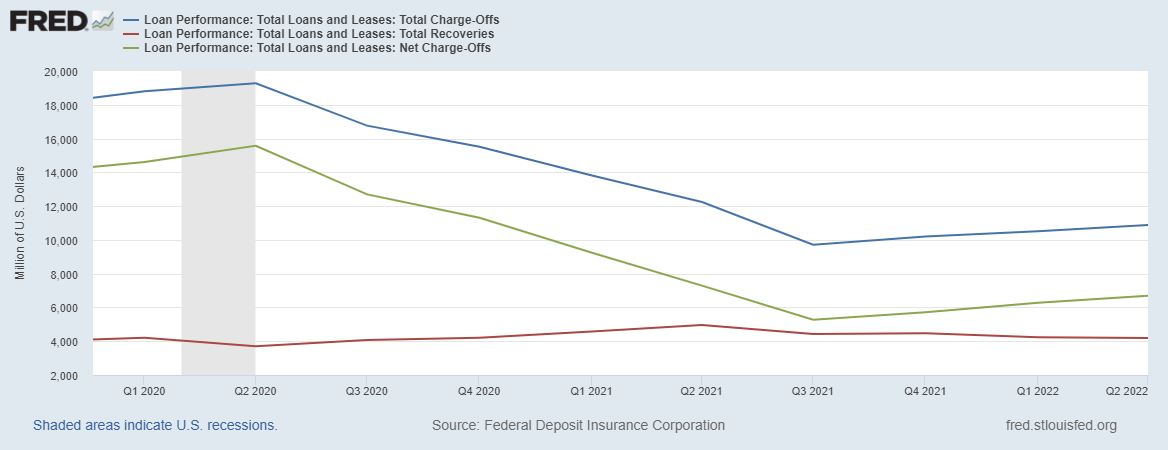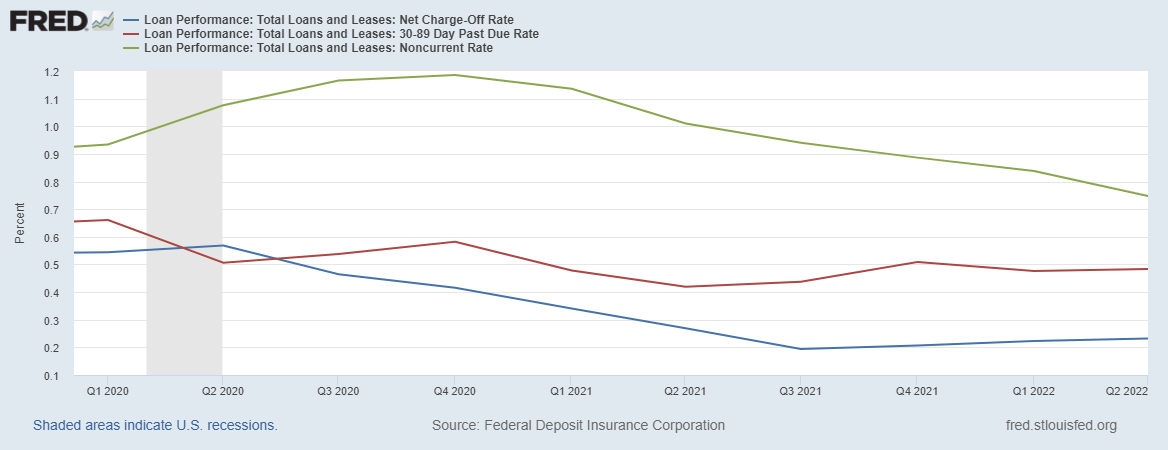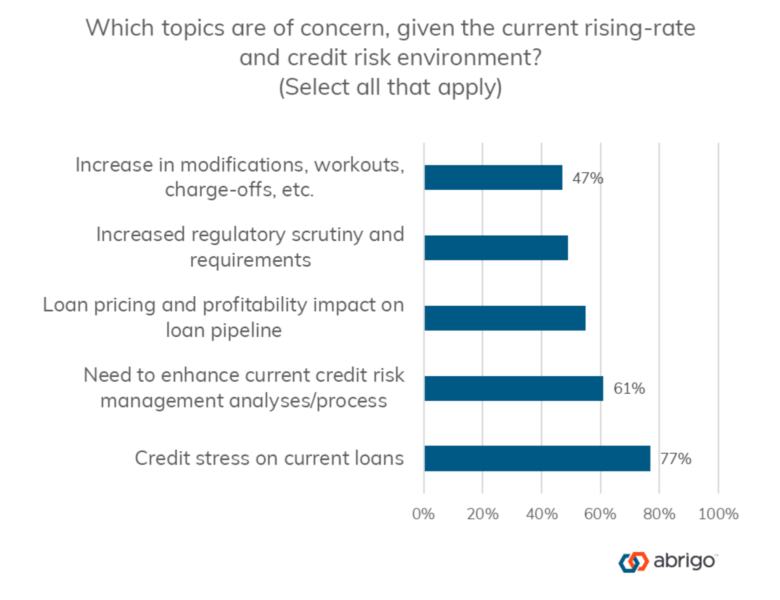Loan modifications include, but aren’t limited to, a forbearance agreement, a new repayment plan, or interest rate modification. More extensive loan workouts can include a renewal or extension of loan terms, an extension of additional credit, or a restructuring with or without concessions.
Loan modifications have played an important role in the ability of borrowers to endure the impact of the pandemic, and regulators continue to urge banks and credit unions to work prudently with borrowers facing stress.
In 2020, federal and state banking regulators eased pressure on coronavirus loan workouts, urging financial institutions to work with their borrowers and members affected by COVID-19. Agencies agreed that these FIs would not be required to categorize as troubled debt restructurings (TDRs) those loan modifications made in good faith in response to COVID-19.
Under normal circumstances, a modification would generally be considered a TDR when the new terms represent a concession – terms that are not market-available. The TDR designation prompted a requirement for separate accounting using discounted cash flow models.
More recently, regulators’ proposed Interagency Policy Statement on Prudent Commercial Real Estate Loan Accommodations and Workouts reiterated that in some cases, financial institutions may want to work with creditworthy CRE borrowers who remain willing to repay debts even if they face “diminished operating cash flows, depreciated collateral values, prolonged sales and rental absorption periods, or other issues that may hinder repayment.” Comments on the proposal were due Oct. 3.
Interagency guidance during COVID said examiners would not criticize a financial institution’s attempt to help borrowers impacted by the pandemic if the assistance was a part of a risk mitigation strategy intended to improve an existing loan that is beginning to display credit weakness. This principle was reaffirmed in the recently proposed policy on CRE loan accommodations and workouts.
“[F]inancial institutions that implement prudent CRE loan accommodation and workout arrangements after performing a comprehensive review of a borrower’s financial condition will not be subject to criticism for engaging in these efforts, even if these arrangements result in modified loans that have weaknesses that result in adverse classification. In addition, modified loans to borrowers who have the ability to repay their debts according to reasonable terms will not be subject to adverse classification solely because the value of the underlying collateral has declined to an amount that is less than the outstanding loan balance.”
-Proposed Interagency Policy Statement on Prudent Commercial Real Estate Loan Accommodations and Workouts
The proposed updated policy statement also incorporates the Financial Accounting Standards Board’s (FASB) recent move to eliminate separate TDR accounting for institutions that have adopted CECL, the current expected credit loss model for reporting credit losses. Under CECL, certain modifications tied to a borrower experiencing financial difficulty will instead be labeled as modifications and have enhanced disclosure requirements.










